The Estonian Maritime Museum's Living Lab challenges the notion that the cultural heritage sector is not a suitable partner for the tech community in innovative endeavors. Cultural heritage institutions (CHIs) often require various services and solutions, such as ticketing systems, IT solutions in exhibitions, visitor tracking, and energy cost management. While off-the-shelf products are typically preferred, sometimes there's no suitable option, leading to the commissioning of tailor-made solutions. However, this approach requires being a smart client, and digital solutions may become outdated shortly after completion if not planned for regular updates.
CHIs rarely engage in product development with private-sector developers, but they possess valuable expertise in interacting with end-users and conducting tests. If a ready-made product is unavailable, development in partnership can be worthwhile, benefiting from a functional solution and the future fate of the product. In selecting the path for our Living Lab (LL), we considered the goals in our strategic development plan, emphasizing both educational work and technological innovation. Estonia's advanced tech sector offers an opportunity to partner with the start-up community, especially the EdTech community, contributing input and serving as a testbed for new products and services.
Supporting formal education is a significant part of many museums' missions, and the knowledge hidden in museums covers various topics. While the traditional model involves classes visiting the museum, Covid-19 prompted museums to conduct Zoom lessons. However, traditional Zoom lessons are one-dimensional and lack engagement. Museums need a solution to reach classrooms not in the same city. Since education is a sector with significant investment, technology companies are interested in creating new solutions, presenting an opportunity to combine museum content, teacher networks, and technology skills.
As a result of Living Labs, we've moved in this direction, collecting and developing ideas with CHIs and the technology community. We engaged potential end-users, students, through the Crazy 8 design sprint kit and worked with teachers to address their concerns. In the fall of 2023 and the beginning of 2024,, a small team fine-tuned the product for usability, visiting schools to allow students to experience packing a medieval cargo ship in AR, sailing between precursor ports to the European Union, the Hanseatic League ports, 700 years ago.
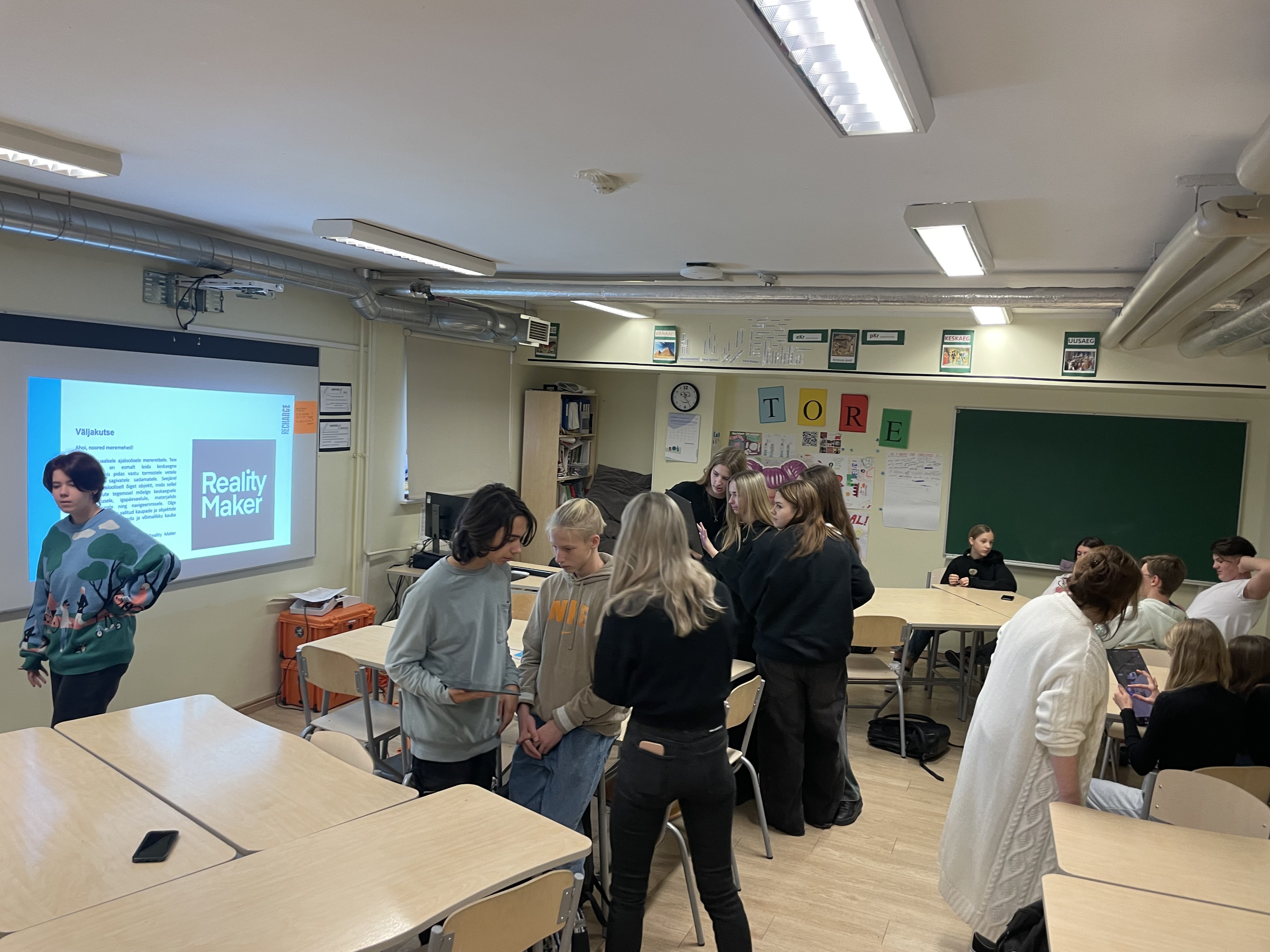
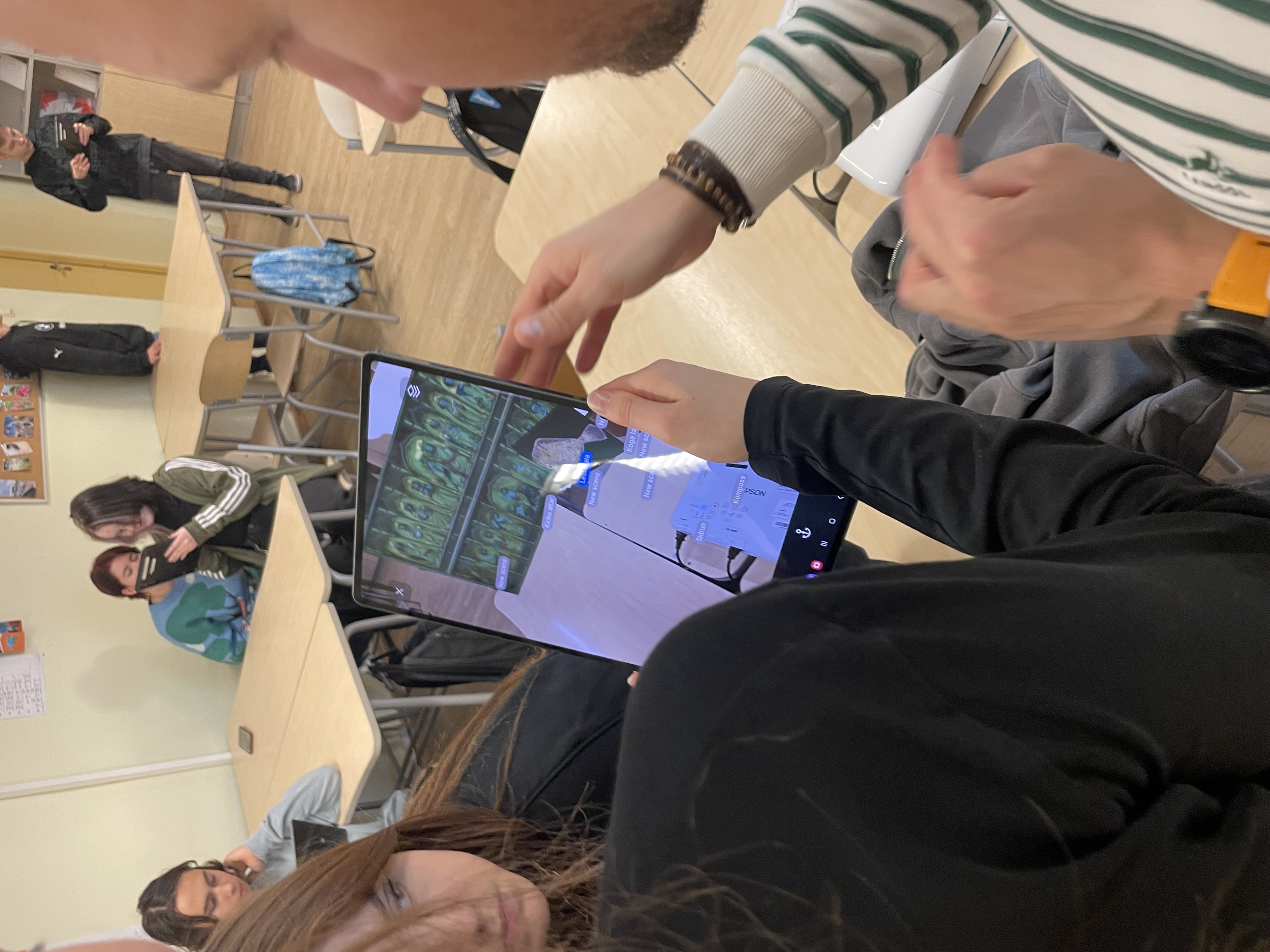
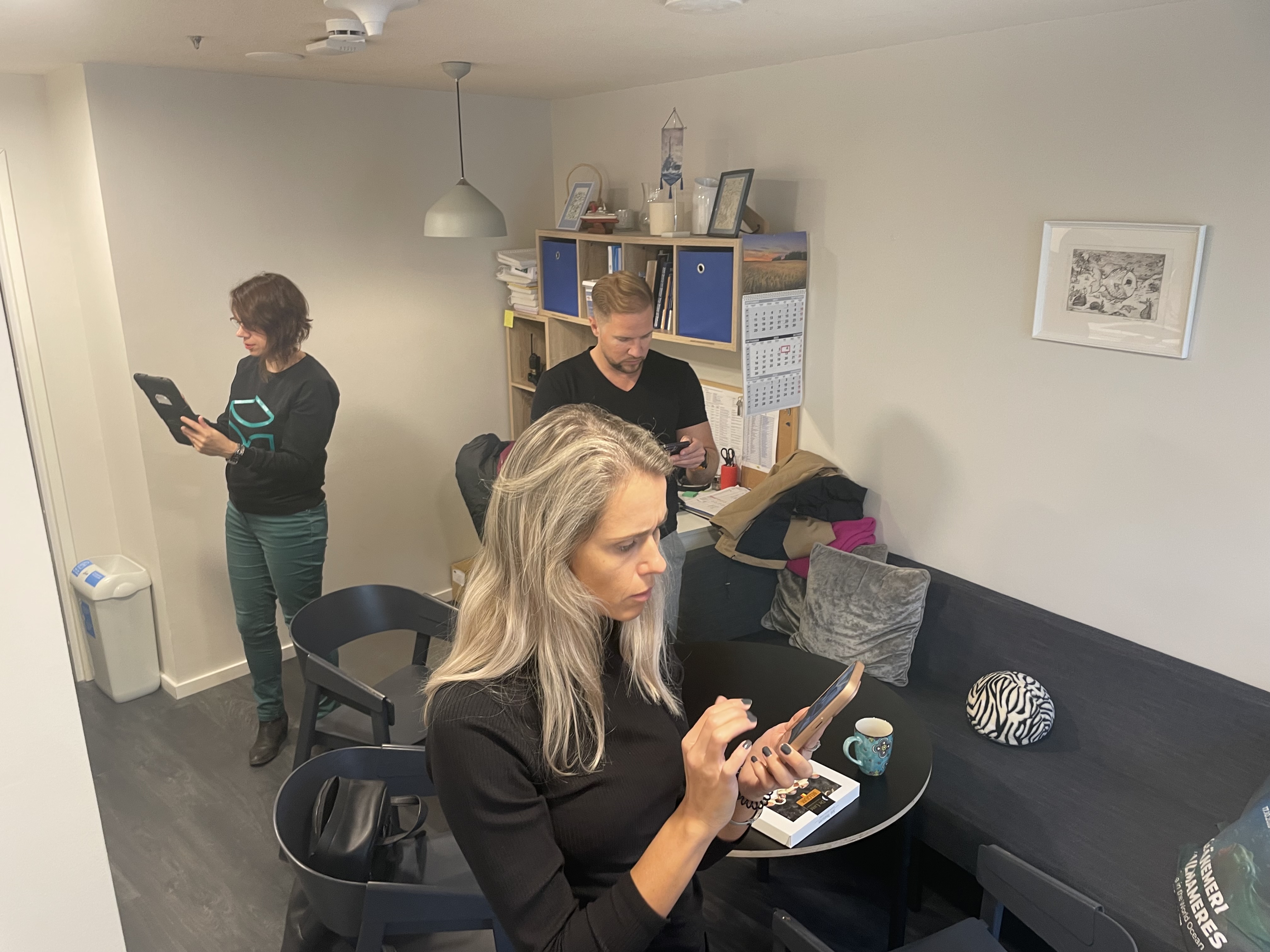
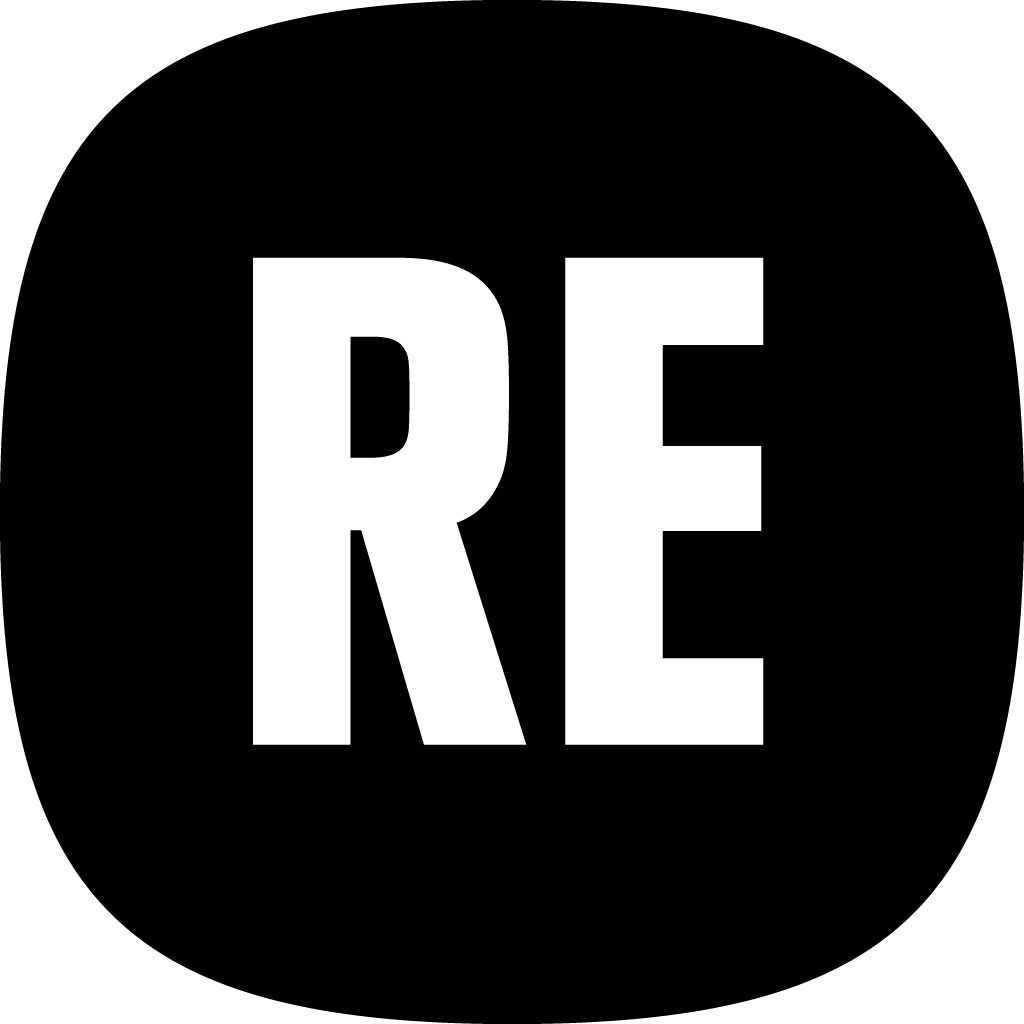




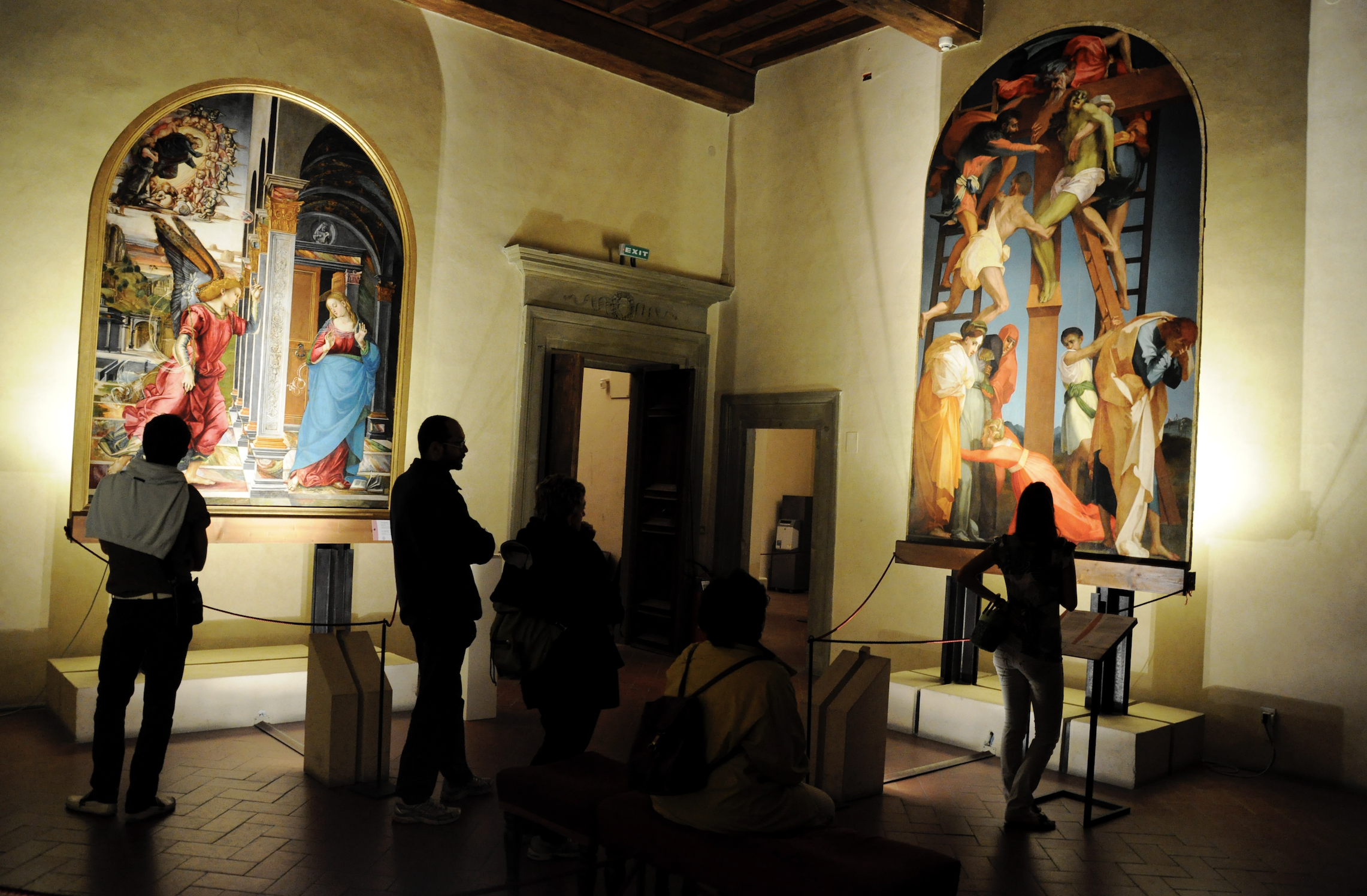

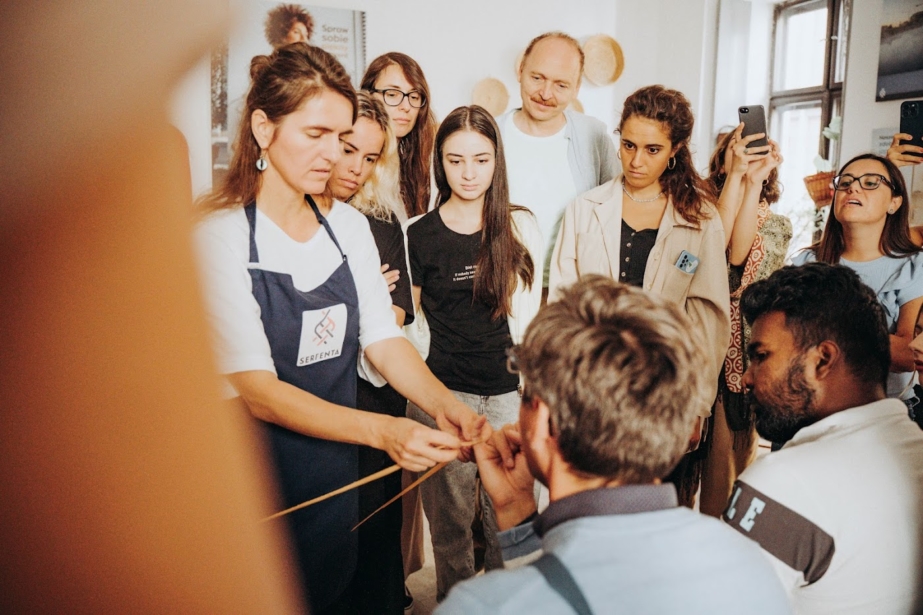

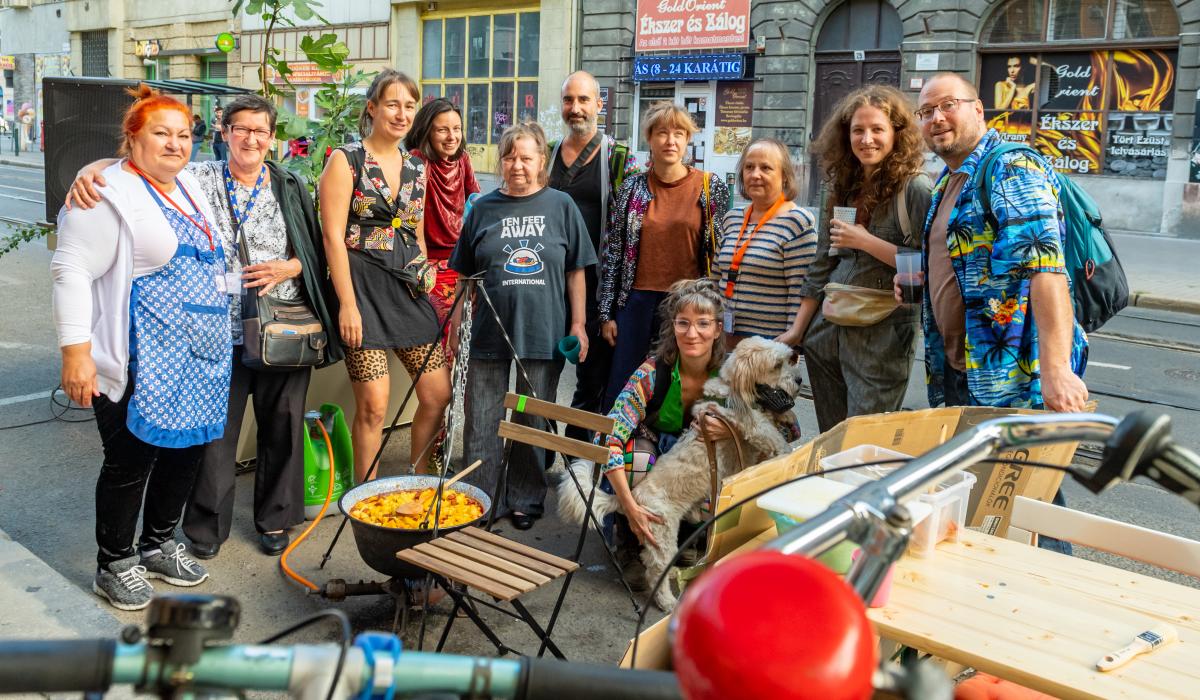
Share